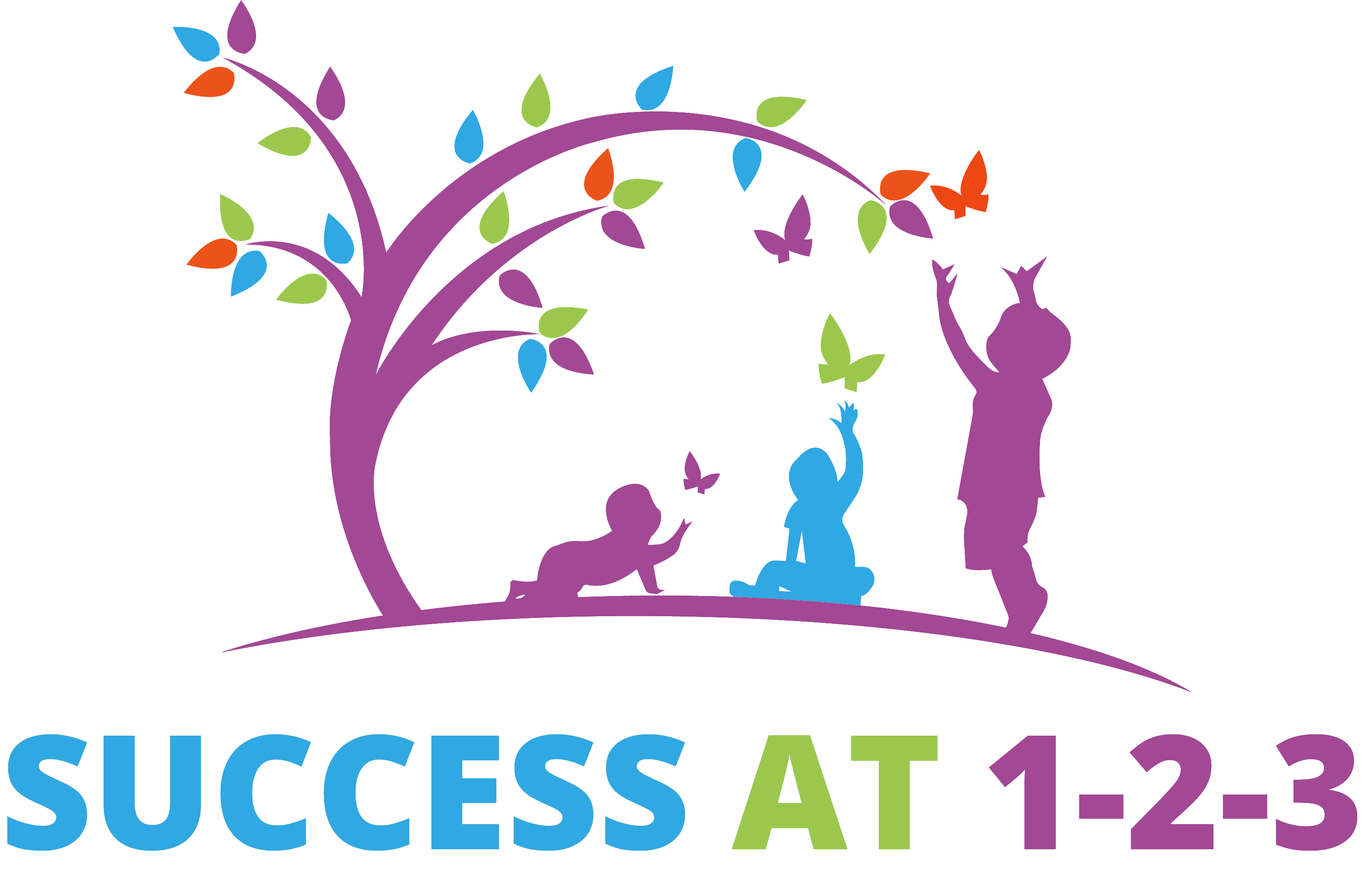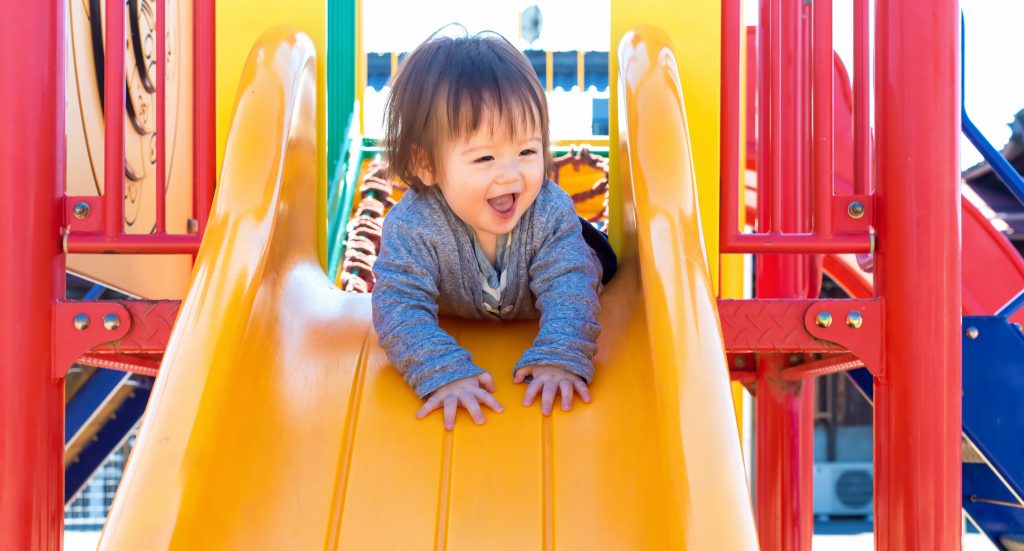My wife and I took in a new foster toddler this year. She came to us shy, sweet and short in stature. As typical, we didn’t get a lot of details about her past. Being a physical therapist who works primarily with infants and toddlers, one of the first things I observed was how she moved and how she chose to interact with the people and objects around her. In this post I will refer to her as Hailey.
The first thing I noticed was how Hailey bonded immediately with my wife, Carrie. Carrie has quite a knack for getting little ones to like her. She absolutely loves little kids and seems to win them over without effort. Much of what I have learned about building rapport quickly with kids has been from observing her.
As for my observations with her gross motor skills, two things caught my eye right away. One was her mild reluctance to change position and move around. The other was her quality of movement. From what I saw she appeared to be slightly below average to low average developmentally for her gross motor skills. She was not so low that she would qualify for pediatric physical therapy through California’s Regional Center program, but she could definitely benefit from improving these skills.
Over the next few days we got to know her better and a couple more things stood out. She was the easiest kid we ever took in. She went to bed gladly and fell into a deep sleep the whole night. She did not express much negative emotion and seemed to be content with wherever we put her. In fact, she was so quiet and content to be left alone, both my wife and I feared we would forget about her and she would get herself hurt. She also appeared to be a little delayed in her thinking and communication skills.
These behaviors combined with her short, chubby features made her seem more like a baby than she really was. She expected to be carried most of the time and because she was so cute it was easy to fall into the trap of continuing this for her. It became clear that one of the best things we could do for her was resist the temptation to pick her up and carry her. This was hardest for our oldest daughter who really enjoyed taking care of her. It took several conversations explaining why it was so important that we allow her to walk on her own rather than carry her.
Encouraging her to walk on her own served two purposes. First, it got her into the habit of exploring and moving on her own. Instead of just being content being placed somewhere, it started her down the path of following her curiosity. This is so important for learning.
Second, it helped to improve her gross motor skills. When she first came to us she walked like a garden gnome who had suddenly come to life. She was stiff throughout her trunk and waddled side to side–especially toward her left side. She also threw her shoulders back which made her belly even more pronounced further exaggerating the image of a gnome.
What she lacked was rotation of her trunk, appropriate arm swing and smooth, symmetrical movement. Besides giving her lots of opportunity to walk and run, we played a lot of music she liked to dance to. We showed her some new dance moves that involved rotating her trunk and twisting to the music. Additionally we worked on climbing up and down from chairs and beds of different heights. She preferred to start climbing leading with her right foot, so we prompted her to use her left foot.
She now climbs up and down independently, walks without requesting to be picked up, hates bed time, and screams to assert her independence. She also now gets into the kitchen drawer to get out her own bowl and cereal at times we would really rather she did not.
The difference between the “good” behavior she exhibited when she first came to us and the “bad” behavior she now exhibits demonstrates improvement in her development. Although she was much easier to parent when she first came to us, her behaviors were not appropriate for her age. Toddlers should be getting into trouble. Toddlers should test your patience. Toddlers should be exploring their independence. If they are not, we must as foster parents figure out why and address this issue.
For Hailey it was just a matter of giving her plenty of opportunities to use her gross motor skills instead of doing things for her. She had not been encouraged to move as much as she needed. She probably spent too much of her life in containers and did not get enough tummy time when she was younger. In addition she was carried places when she should have been encouraged to walk herself.
It is always concerning to me when a toddler isn’t getting into much mischief. The first thing to look at, is were there parental or environmental factors that have lead to your foster child behaving “too good”? If the issue is quickly resolved when you give the child the opportunities they need, then we can be reasonably assured that the cause has been identified and resolved. However, if your foster toddler doesn’t get into trouble there could be an underlying problem. In my PT practice, whenever a parent tells me their infant or toddler behaves very well I start suspecting some sort of disorder or underlying pathology. If you have concerns be sure to discuss them with the child’s pediatrician.
As foster parents we are in a unique position to help kids get back on track with their development. Although we will miss Hailey when she goes back in the next few weeks, I am very grateful for the opportunity my wife and I have had to improve this little girl’s life and help her get back on track developmentally.

